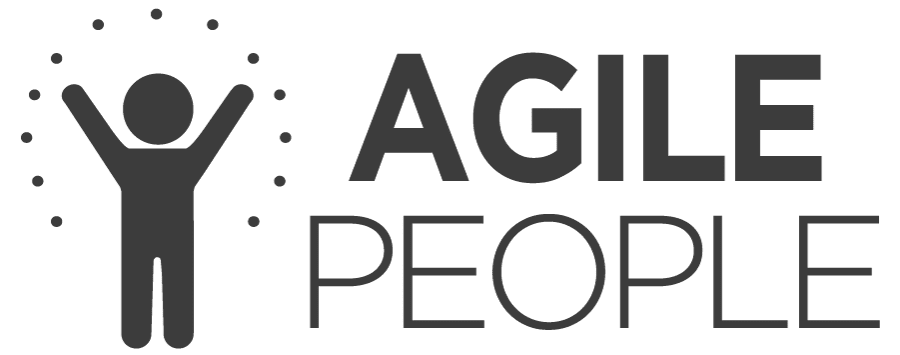Present real-world examples and case studies demonstrating the positive impacts of Agile HR implementations in various organisations.
Real-World Examples of Agile HR Implementations
-
Spotify’s Agile HR Model:
- Spotify, the Swedish music streaming giant, is renowned for its innovative implementation of Agile HR.
- The company adopted a unique model known as “Squads, Tribes, Chapters, and Guilds,” which breaks down traditional hierarchical structures. This model promotes autonomy and cross-functional collaboration.
- HR played a crucial role in facilitating this structure, focusing on creating an environment that supports Agile teams, fosters continuous learning, and adapts to rapid changes in the technology sector.
- The result was a significant increase in employee satisfaction and innovation, positioning Spotify as a leader in its industry and progressive HR practices.
-
ING’s Agile Transformation:
- Dutch banking group ING undertook a massive Agile transformation across its global operations.
- In HR, this meant shifting from traditional functions to Agile teams, focusing on end-to-end responsibilities for specific HR services.
- The transformation led to more efficient HR processes, improved employee experiences, and a greater alignment of HR services with the overall business strategy.
- ING’s Agile HR approach enabled the company to adapt swiftly to market changes and improve its competitive edge.
-
Microsoft’s Agile Shift in Performance Management:
- In its bid to foster a growth mindset, Microsoft revamped its performance management system to an Agile framework.
- This shift involved replacing the traditional annual review process with frequent, lightweight check-ins and feedback sessions.
- The Agile performance management approach helped create a more dynamic, responsive, and employee-centric appraisal system.
- As a result, Microsoft saw an increase in employee engagement and productivity and a more positive workplace culture.
-
Patagonia’s Focus on Agile Learning and Development:
- Outdoor clothing company Patagonia applied Agile principles to its learning and development (L&D) programs.
- By adopting a more flexible and responsive approach to employee training, Patagonia was able to quickly adapt its L&D offerings to meet emerging skills needs and employee interests.
- The Agile approach in L&D led to higher participation rates in training programs and more effective skill development, aligning with the company’s commitment to employee growth and sustainability.
-
Zappos’ Holacracy Approach:
- Zappos, the online shoe and clothing retailer, implemented a radical form of Agile HR known as Holacracy.
- Holacracy removed traditional managers and instead distributed authority among self-organizing teams.
- While challenging to implement, this Agile approach gave employees more autonomy and decision-making power.
- Zappos’ experiment with Holacracy highlighted the potential of Agile HR to create a highly flexible and innovative organizational culture. However, it also emphasized the need for foundational solid work in employee training and buy-in.
-
GE’s Agile Performance Development:
- General Electric (GE) transformed its performance management system by integrating Agile and Lean principles.
- This involved transitioning from an annual review cycle to continuous performance development conversations.
- GE’s Agile approach to performance management led to a more dynamic and ongoing dialogue between employees and managers, aligning performance goals more closely with the company’s fast-paced business environment.
In conclusion, these case studies from diverse sectors like technology, banking, retail, and manufacturing demonstrate the positive impacts of Agile HR implementations. Companies like Spotify, ING, Microsoft, Patagonia, Zappos, and GE have shown that Agile HR can improve employee satisfaction, enhanced innovation, more efficient processes, and a better alignment with business strategies. These examples serve as a testament to the versatility and effectiveness of Agile HR practices in responding to the dynamic needs of modern organizations.




